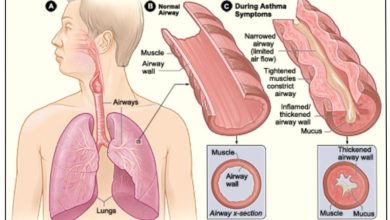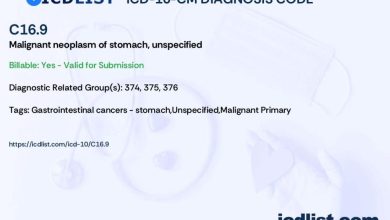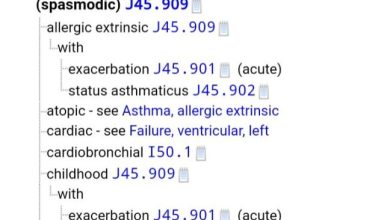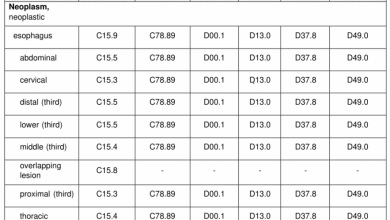Impact Of ICD-10 Coding On Primary Biliary Cholangitis Management
What is ICD-10 for PBC?
ICD-10 stands for the International Classification of Diseases, 10th revision, and is a coding system used by healthcare providers to classify and code all diagnoses, symptoms, and procedures recorded in conjunction with hospital care. PBC, or Primary Biliary Cholangitis, is a chronic liver disease that affects the bile ducts in the liver.
Code Information
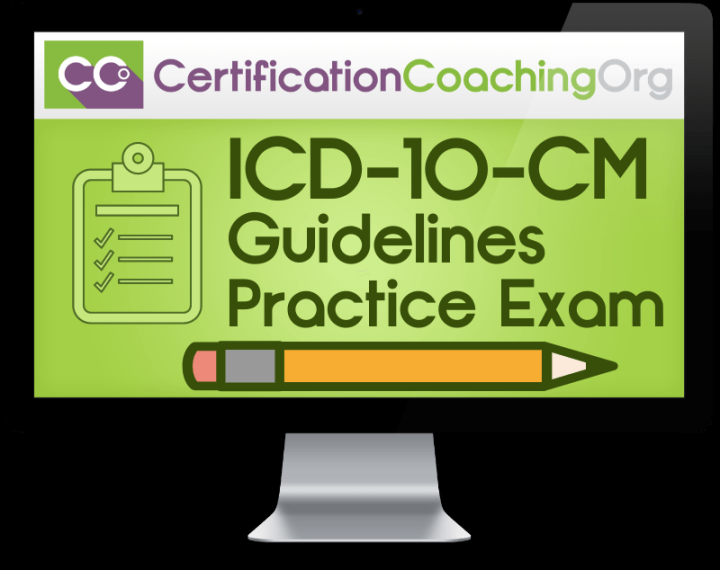
The ICD-10 code for PBC is K74.3. This code is used to specify a diagnosis of primary biliary cholangitis.
Diagnostic Related Groups (MS-DRG)
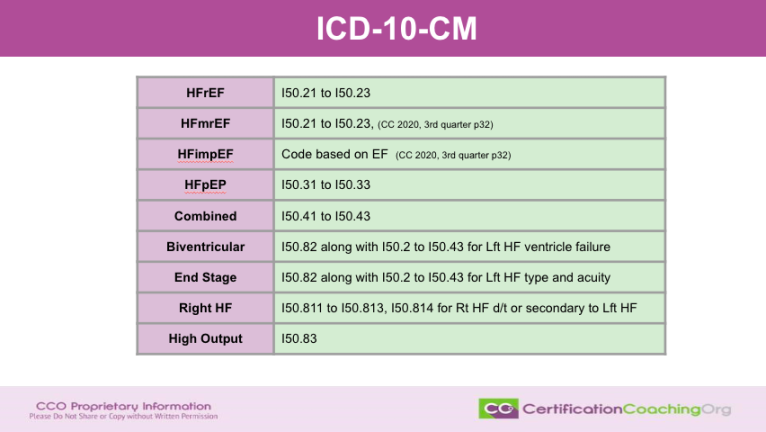
The MS-DRG for PBC is MS-DRG 441 – Disorders of the Liver Except Malignancy, Cirrhosis, and Alcoholic Hepatitis with MCC (Major Complications or Comorbidities) or Liver Transplant.
Convert to ICD-9 Code
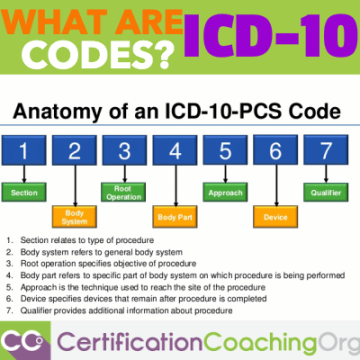
The ICD-9 code for PBC is 571.6. This code is used to specify a diagnosis of chronic liver disease and cirrhosis due to chronic biliary obstruction.
Code History
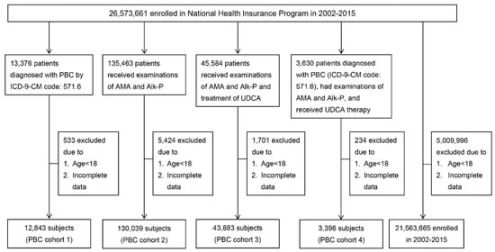
The ICD-10 code for PBC was implemented on October 1, 2015, as part of the transition from ICD-9 to ICD-10 coding systems.
Approximate Synonyms
Some approximate synonyms for PBC include primary biliary cirrhosis, chronic non-suppurative destructive cholangitis, and autoimmune cholangitis.
Clinical Information
PBC is an autoimmune disease that primarily affects the bile ducts in the liver, leading to inflammation, scarring, and eventually cirrhosis of the liver. It is more common in women than in men and usually presents with symptoms such as fatigue, itching, and jaundice.
Causes
The exact cause of PBC is unknown, but it is believed to be an autoimmune disease where the body’s immune system mistakenly attacks the bile ducts in the liver, leading to inflammation and damage.
Symptoms
Common symptoms of PBC include fatigue, itching, jaundice, abdominal pain, and dry eyes and mouth. As the disease progresses, it can lead to complications such as cirrhosis, portal hypertension, and liver failure.
Diagnosis
Diagnosing PBC typically involves blood tests to check liver function and levels of specific antibodies, imaging tests such as ultrasound or MRI to evaluate the liver and bile ducts, and sometimes a liver biopsy to confirm the diagnosis.
Treatment
Treatment for PBC aims to manage symptoms, slow disease progression, and prevent complications. This may include medications to reduce inflammation and bile duct damage, liver transplant in severe cases, and lifestyle changes such as a healthy diet and regular exercise.
Conclusion
In conclusion, understanding the ICD-10 code for PBC is essential for healthcare providers to accurately document and code diagnoses of this chronic liver disease. Proper coding ensures proper reimbursement and quality care for patients with PBC.
FAQs
1. Is PBC a curable disease?
There is no cure for PBC, but treatment can help manage symptoms and slow disease progression.
2. Can PBC lead to liver failure?
In advanced stages, PBC can lead to complications such as cirrhosis and liver failure.
3. How is PBC diagnosed?
PBC is typically diagnosed through blood tests, imaging tests, and sometimes a liver biopsy.
4. What are the risk factors for PBC?
Risk factors for PBC include being female, middle-aged, and having a family history of autoimmune diseases.
5. Can lifestyle changes help manage PBC?
Yes, maintaining a healthy diet, regular exercise, and avoiding alcohol can help manage symptoms and slow disease progression in PBC.




